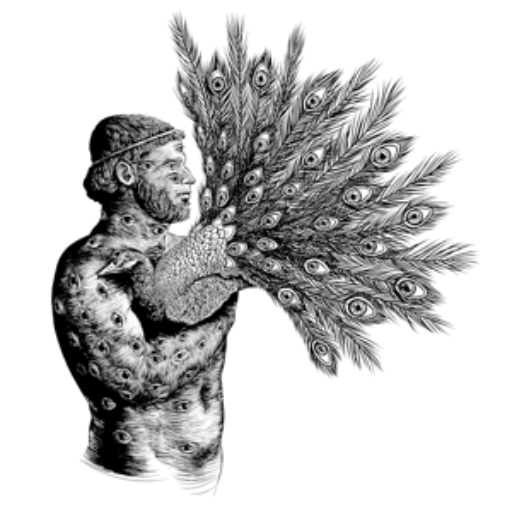FRIDAY (11/18): MURDERBALL. 8 p.m.
“Murderball” is not a film about futuristic death sports. Not to take anything away from the futuristic death sport genre, which is one America’s finest (see as examples: “Running Man,” “Rollerball” (the original), and future wished-for film versions of “American Gladiators” and the video game Smash TV).
“Murderball” is, instead, a documentary film about being handicapped but still being bad-ass. Its stars are quadriplegics who play a brutal sport call “wheelchair rugby.” Wheelchair rugby is full contact and full of mayhem; the wheelchairs are specially reinforced to take a beating. It’s an intense sport and you need to bring your A-game. One strategy of the game is to knock your opponent over, rendering him the equivalent of an upside-down turtle. The referees, of course, help the players back on their wheels, but the opponent has gained a distinct advantage in the meantime. Wheelchair rugby is also a sport in which the more disabled you are, the more desirable you are as a teammate. It is commonly thought that quadriplegics have no control over their limbs, like the late Christopher Reeve. Most quadriplegics, however, retain some degree of movement. In wheelchair rugby, a player’s level of disability is rated on a scale from 0.5 to 3.5, and a team can only have eight points on the court at any given time. Ironically, athletes who spend their lives surmounting and diminishing their disabilities end up hoping for more serious handicaps.
Expose yourself to a world with rules and values far different from your own in a way that does not treat the subject of being handicapped with kid gloves. Also, come learn how people in wheelchairs eat pizza with their elbows (“No arms, no legs, no problem”), and why wheelchairs are “babe magnets” and how, presented through animated diagrams, quadriplegics have sex. Hint: “I’m a guy in a chair. I’m just like you, except I’m sitting down.”
SATURDAY (11/19): SUNRISE. 8 p.m. FREE
Ever been in love? How about luv? Ever gotten drunk and settled and felt some stirrings of sentiment regarding your consenting partner or victim? Ever say “Love is just a construct, man,” but deep down think that’s only the partial truth?
You can learn the ways of the heart with “Sunrise.” Love has power. Love has grace. Love haunts you. Love is “Sunrise” on a cloudy day. I second that emotion.
I don’t, however, truly feel it. I am an automaton. I have no soul. So I will let Film Board lovely Anna Rabinovitch wax poetic on F.W. Murnau’s masterpiece, “Sunrise”:
On the surface, “Sunrise” is about a guy who has an affair with one of those evil women from the city, who plants the idea in his head to drown his nice little wife (Buttafuoco-style). The husband, however, is not able to carry out the murder, realizing he truly loves his wife. The film then becomes this beautiful love story about the reconnection between the couple as they fall in love all over again on an exciting trip to the city. How cute is that?
But cute is the wrong word to describe the emotional power that Murnau brings to the story through his immensely dense and breathtaking visual style. Following films like “Nosferatu” and “The Last Laugh,” “Sunrise” is a silent masterpiece that uses flowing camera movements and superimpositions to show off what film is really able to do. “Sunrise” shared the first-ever Academy Award for Best Picture in 1927. It also won for Best Actress and Best Cinematography. So if illicit affairs, murder plots, romance, amazing visual style, top notch directing, or Academy Awards spark any interest in youcome cry and fall in love with “Sunrise” this Saturday night.
WEDNESDAY (11/30): COEN BROTHERS’ MILLER’S CROSSING.
A hellfire Tommy gun massacre to rival Keyser Soze. John Turturro’s tear-laden monologue in the forest as Gabriel Byrne stands over him execution-style. Gangsters and quirkiness. The Coen regulars with bonuses: Byrne, Turturro, Albert Finney, Jon Polito, Marcia Gay Harden, and Steve Buscemi talking even faster than that Micro Machines commercial.
THE COEN BROTHERS’ BEST FILM (maybe I’ll finally get that Wespeak I’ve been wishing and waiting for).
THURSDAY (12/1): RUSSIAN CINEMA: HISTORY AND FUTURE
Come for a lecture by Professor Yuri Tsivian of the University of Chicago on Charlie Chaplin’s influence on Soviet films of the 1920’s. By the by, Soviet films were where the Twenties got things really Roaring. Montage editing, contrapuntal sound, dialectic juxtapositions… those crazy Russkies were doing it and doing it and doing it well.
(Prep for the lecture by attending Tuesday’s screening of “My Stepbrother Frankenstein,” a gripping, highly acclaimed Russian film from last year, and we’ll really have you seeing Red.)



Leave a Reply